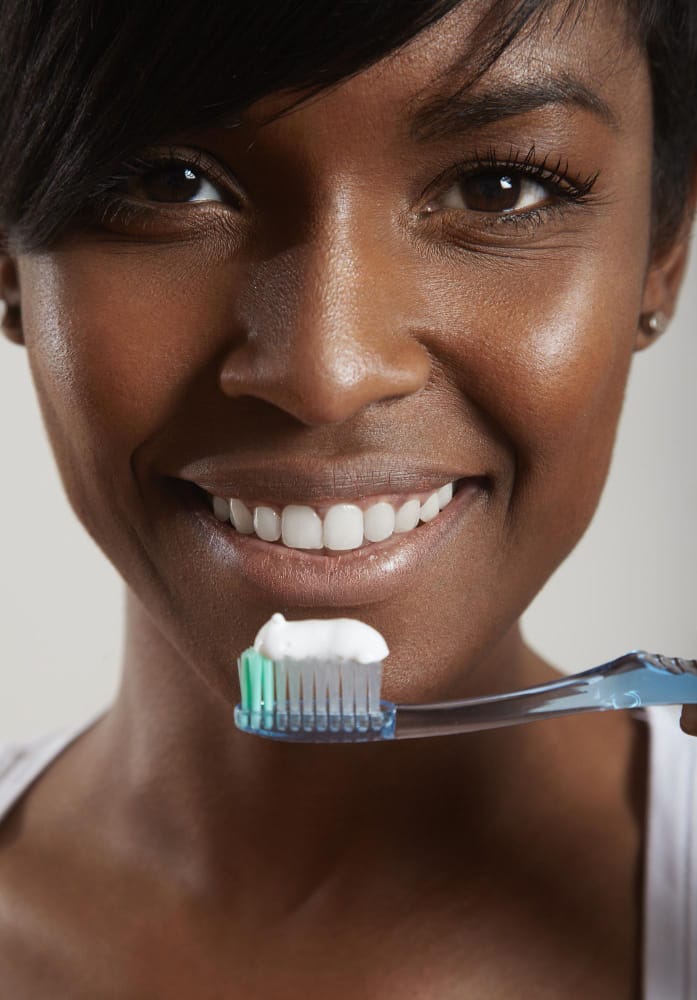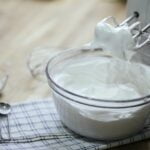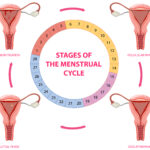FREE SHIPPING OVER $50
I Asked 5 Cosmetic Dentists Which Toothpastes Work Best for Whitening—Did Yours Make the List?
If you’ve ever stared at a wall of whitening toothpastes wondering which one actually works, you’re not alone. Every brand claims to brighten your smile, remove stubborn stains, and transform your teeth in just a few days. But do they deliver? I decided to go straight to the experts and ask five top cosmetic dentists which whitening toothpastes they personally recommend—and why. The results were surprisingly unanimous in some areas and eye-opening in others.
In this guide, I’ll walk you through the toothpastes these dentists trust, what ingredients actually make a difference, and how to use them for the best results. Whether you’re battling coffee stains, tea discoloration, or just want a brighter smile, this list is for you.
What Makes a Whitening Toothpaste Effective: Ingredients That Matter

Before we dive into the list, let’s set the record straight on what makes a whitening toothpaste actually work. According to every dentist I interviewed, there are two major mechanisms for whitening:
Abrasives: These physically scrub surface stains off your enamel. Common ones include hydrated silica or calcium carbonate.
Chemical Agents: Ingredients like hydrogen peroxide or carbamide peroxide can chemically lighten the tooth surface and penetrate minor enamel discoloration.
Other helpful ingredients include:
- Fluoride: For enamel protection
- Potassium nitrate: To reduce sensitivity
- Polyphosphates: To prevent future stains from adhering
Whitening toothpaste won’t drastically change your natural tooth color like professional treatments, but it can significantly reduce surface stains and brighten your smile over time when used consistently.
How Often You Should Use Whitening Toothpaste
Every dentist agreed on this: daily use is okay if the toothpaste is not too abrasive. Many whitening formulas today are safe enough to be used twice a day, but if you experience sensitivity, it’s worth alternating with a gentler formula or using a toothpaste for sensitive teeth.
What Dentists Say You Should Avoid
Some whitening toothpastes can do more harm than good. These red flags came up repeatedly:
- Overly abrasive formulas that wear away enamel
- Charcoal-based pastes (most dentists don’t recommend these—more on that later)
- No ADA Seal: The American Dental Association seal indicates safety and effectiveness
The Top Whitening Toothpastes—According to 5 Cosmetic Dentists
Below are the most recommended whitening toothpastes by the dentists I spoke with, based on both ingredient quality and real-world results.
1. Crest 3D White Brilliance: Professional-Grade Results at Home
Description: This one came up in every single interview. With 4% hydrogen peroxide and a gentle abrasive base, it visibly brightens teeth in about a week. It’s safe for daily use and has the ADA Seal of Acceptance.
2. Colgate Optic White Pro Series: Deep Stain Lifting Without the Dentist Bill
Description: This is another peroxide-based formula praised for its deep stain removal and minimal sensitivity. Dentists like that it works below the surface while still being enamel-safe.
3. Sensodyne Extra Whitening: For Sensitive Teeth That Still Want to Shine
Description: If whitening toothpastes make your teeth ache, this is your go-to. Dentists recommend it for its potassium nitrate content, which calms sensitivity, while still gently buffing away surface stains.
4. Arm & Hammer Advance White: The Budget-Friendly Brightener
Description: Known for its baking soda formula, this toothpaste was praised for being both affordable and effective. It’s less harsh than it sounds and works well to polish teeth without damaging enamel.
5. Tom’s of Maine Antiplaque & Whitening: Natural but Effective
Description: For those who prefer a more natural route, this toothpaste uses silica and xylitol to clean and brighten teeth. While not as potent as peroxide-based formulas, it’s a solid choice for minimal staining and has clean ingredients.
What Didn’t Make the Cut—and Why
Interestingly, charcoal toothpastes came up repeatedly—but as products to avoid. Dentists warned that although these may appear trendy, they’re often too abrasive, can damage enamel over time, and rarely include fluoride. One dentist called them “whitening with a cost.”
Also, several popular pastes on social media were dismissed for overpromising and underdelivering. The takeaway? Just because it’s trending doesn’t mean it works.
How to Get the Most Out of Whitening Toothpaste
To maximize the results of your whitening toothpaste, here are a few dentist-approved habits to follow:
- Brush for a full 2 minutes, twice a day
- Use a soft-bristled brush to reduce enamel wear
- Wait 30 minutes after eating acidic foods before brushing
- Limit stain-causing foods and drinks (coffee, red wine, berries) or rinse immediately after consuming them
- Follow up with a fluoride mouthwash to strengthen enamel
For deeper stains or faster results, combining your toothpaste with occasional whitening strips or in-office treatments can enhance your results.
Should You Use Whitening Toothpaste Long-Term?
The short answer: yes, if it’s safe and effective. Whitening toothpastes are designed to be used regularly to maintain results, especially for people who consume common staining culprits. Many formulas now include ingredients to protect enamel and prevent new stains from forming.
Just make sure to monitor for sensitivity. If it kicks in, switch to a gentle toothpaste and rotate whitening use every few days.
The Final Word: Does Whitening Toothpaste Really Work?
Here’s the truth: Whitening toothpastes won’t give you the same results as professional whitening trays or laser treatments. But when used correctly, they can visibly brighten your smile, reduce surface stains, and improve your overall oral hygiene.
The dentists I spoke to all emphasized consistency and good brushing habits as key. So if your current toothpaste didn’t make the list, that doesn’t necessarily mean it’s bad—but it might be worth trying a formula that top dentists trust and use themselves.
Related Articles
- How Your Oral Health Changes as You Age and What to Do to Stay Healthy
- 8 Proven Ways to Straighten Your Teeth Without Braces (Dentists Swear by #3)
- Dentists Say These 10 Habits Can Save Your Gums—Are You Doing Them?
- NOBS Toothpaste Review: Honest Opinion on This Innovative Dental Solution
- Why Your Morning Coffee Routine Is Destroying Your Teeth, According to a Dentist







